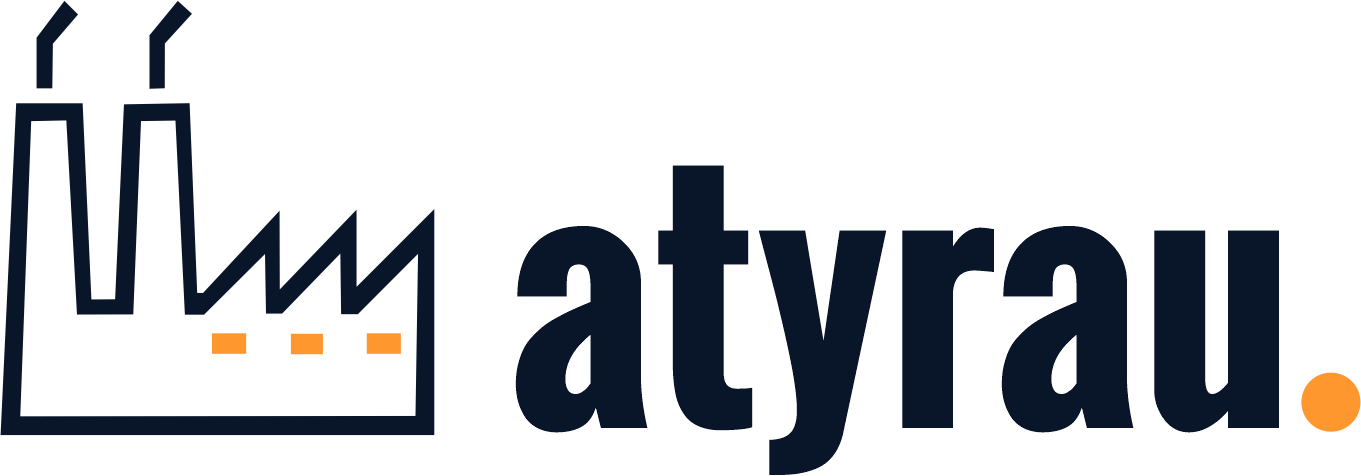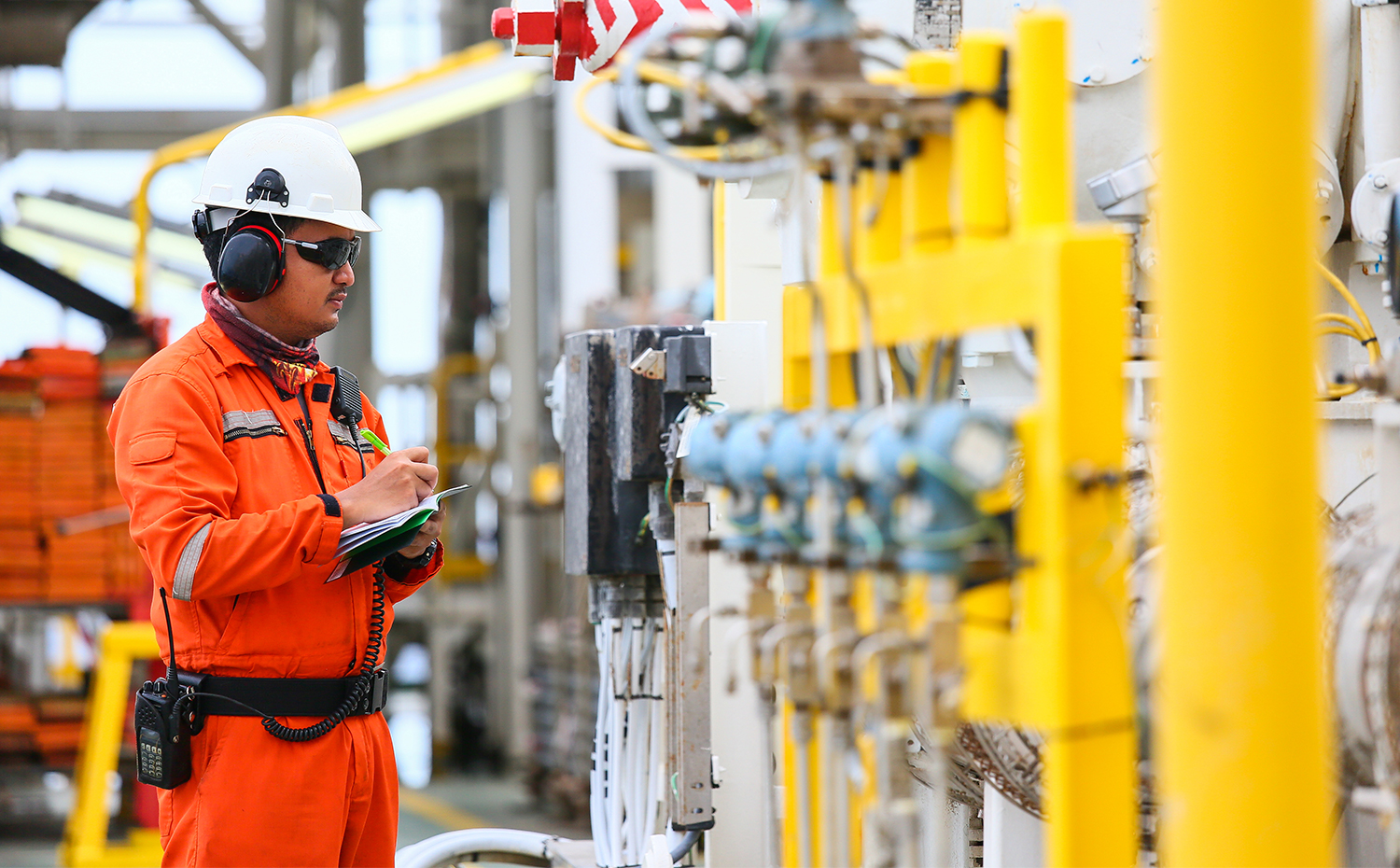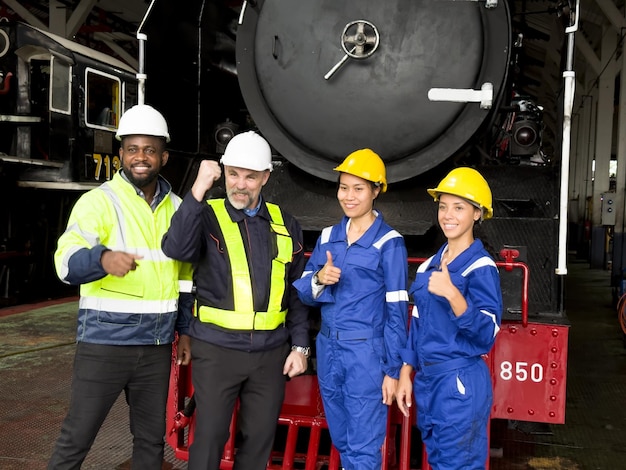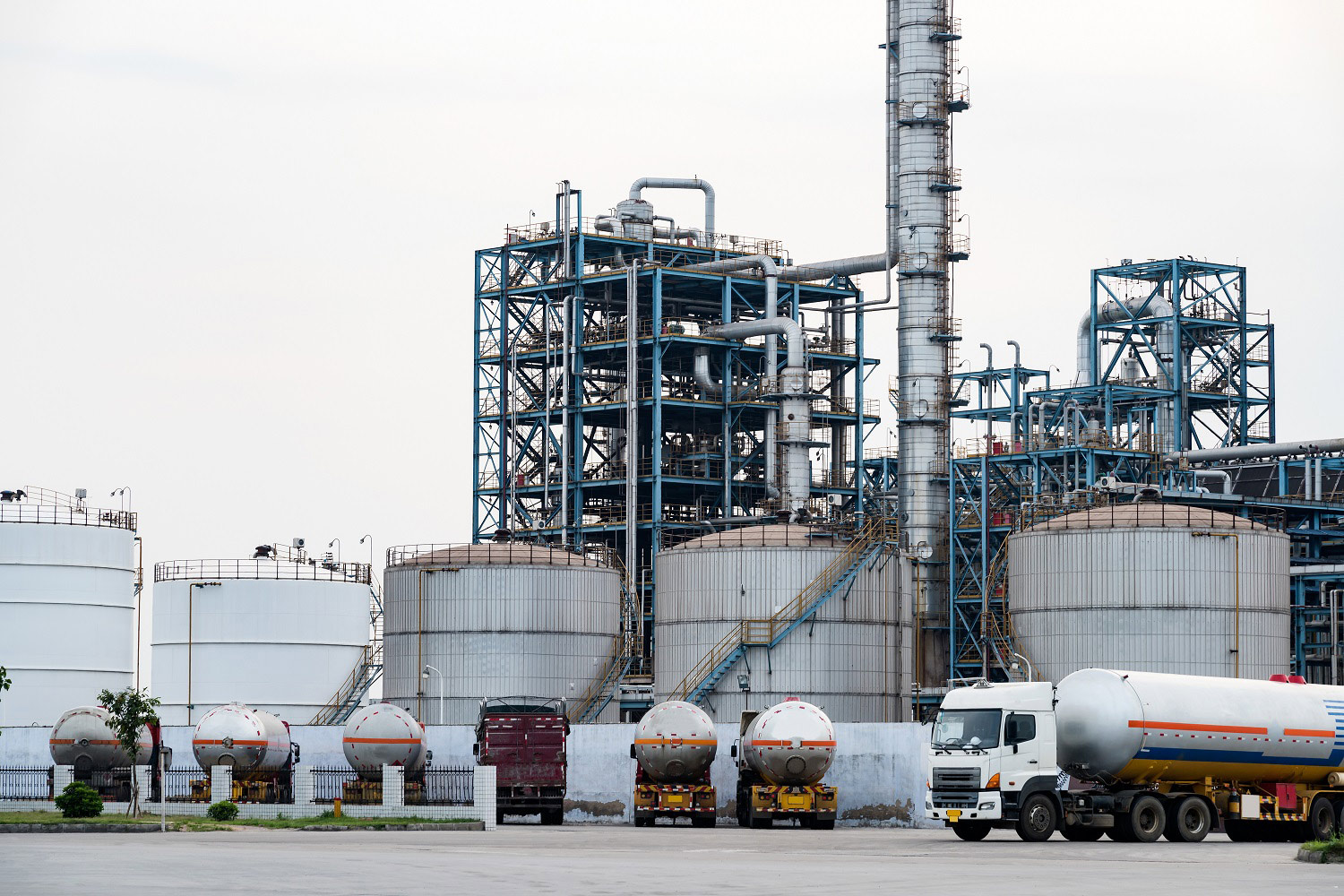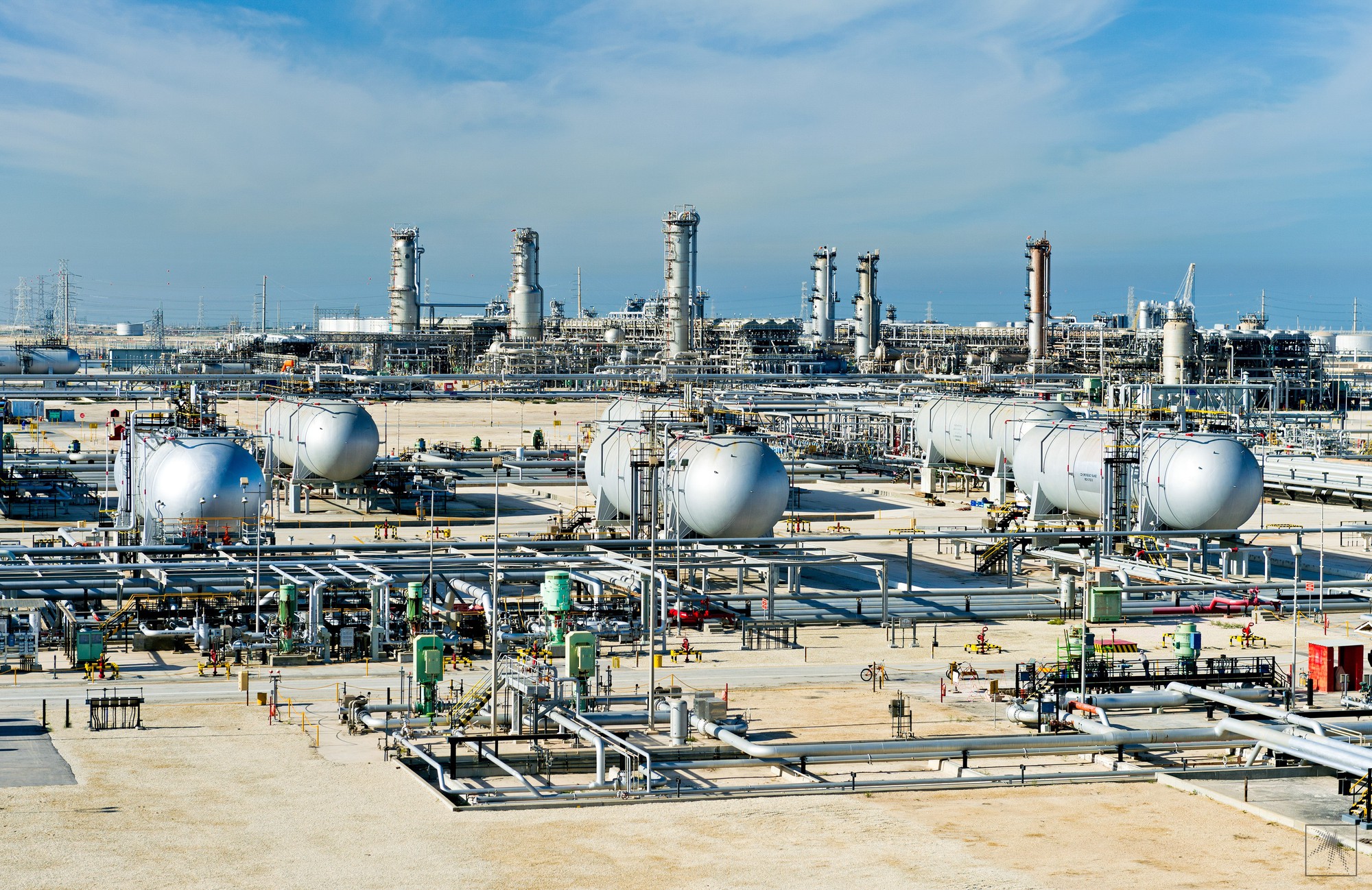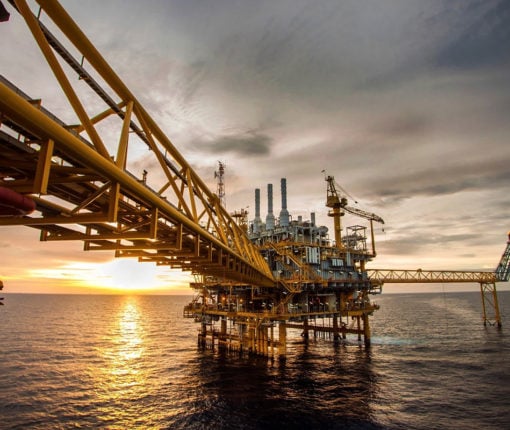PRODUCT BLENDING
- Product Blending
BLENDING PRODUCTION
At the Atyrau Petroleum Refinery, product blending is a crucial aspect of the refining process, ensuring that the final products meet the strict specifications for performance, quality, and regulatory compliance. Blending allows the refinery to tailor its outputs to a variety of market demands while optimizing costs and minimizing environmental impact.
The process begins with the selection of blend stocks—various intermediate and finished products derived from crude oil distillation and conversion units. These might include cuts from naphtha, reformate, kerosene, and other distillates. Each of these components has distinct properties that, when combined in the right proportions, produce finished products such as gasoline, diesel, jet fuel, and LPG that meet the required standards.
Blending is often done in a dynamic, continuous process or via batch mixing, depending on the specific product and production requirements. During this phase, real-time monitoring of the component streams ensures that the final blend consistently meets the target specifications. Continuous sampling and analysis allow the refinery to adjust blend ratios as needed, ensuring product consistency. Quality control is a fundamental aspect of product blending. Throughout the process, samples are taken and analyzed for key parameters such as sulfur content, flash point, viscosity, and octane number. This ensures that the final product not only meets customer specifications but also complies with local and international environmental standards, including restrictions on emissions and pollutants.
CONTACT US FOR HELP?
Contact us through our representative or submit a business inquiry by filling the form.
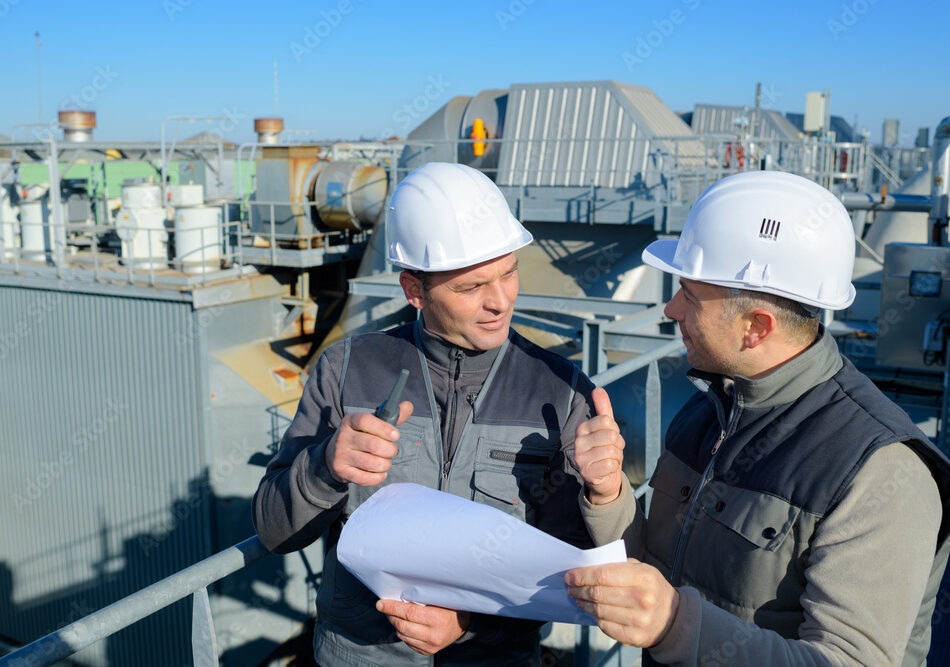
BLENDING PRODUCTION
At the Atyrau Petroleum Refinery, product blending is a crucial aspect of the refining process, ensuring that the final products meet the strict specifications for performance, quality, and regulatory compliance. Blending allows the refinery to tailor its outputs to a variety of market demands while optimizing costs and minimizing environmental impact.
The process begins with the selection of blend stocks—various intermediate and finished products derived from crude oil distillation and conversion units. These might include cuts from naphtha, reformate, kerosene, and other distillates. Each of these components has distinct properties that, when combined in the right proportions, produce finished products such as gasoline, diesel, jet fuel, and LPG that meet the required standards.
Blending is often done in a dynamic, continuous process or via batch mixing, depending on the specific product and production requirements. During this phase, real-time monitoring of the component streams ensures that the final blend consistently meets the target specifications. Continuous sampling and analysis allow the refinery to adjust blend ratios as needed, ensuring product consistency. Quality control is a fundamental aspect of product blending. Throughout the process, samples are taken and analyzed for key parameters such as sulfur content, flash point, viscosity, and octane number. This ensures that the final product not only meets customer specifications but also complies with local and international environmental standards, including restrictions on emissions and pollutants.
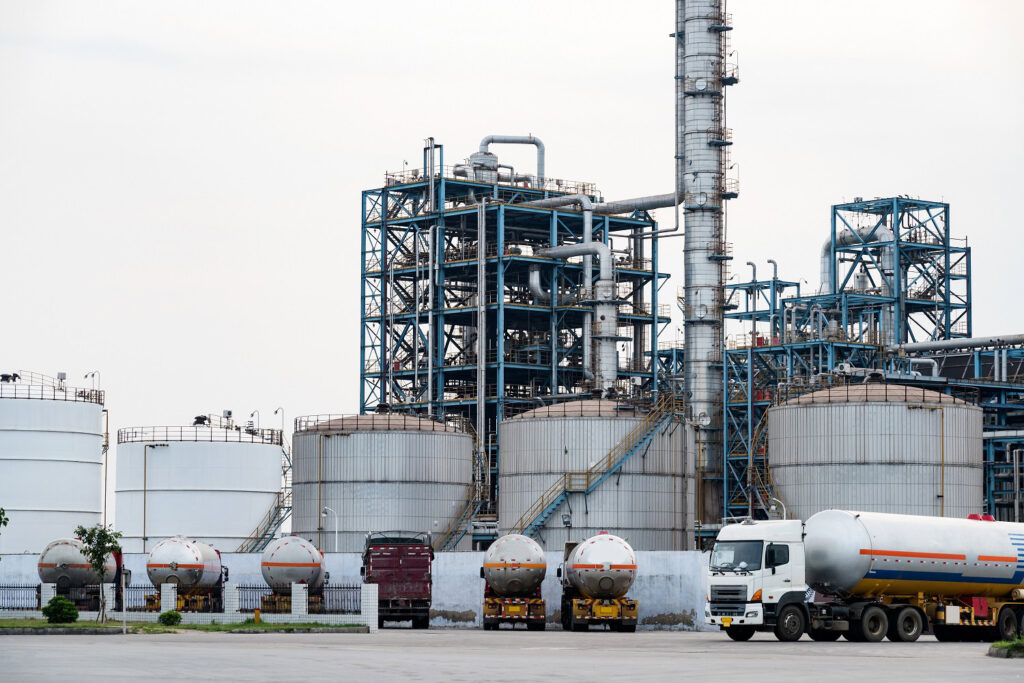
CONTACT US FOR HELP?
Contact us through our representative or submit a business inquiry by filling the form.


